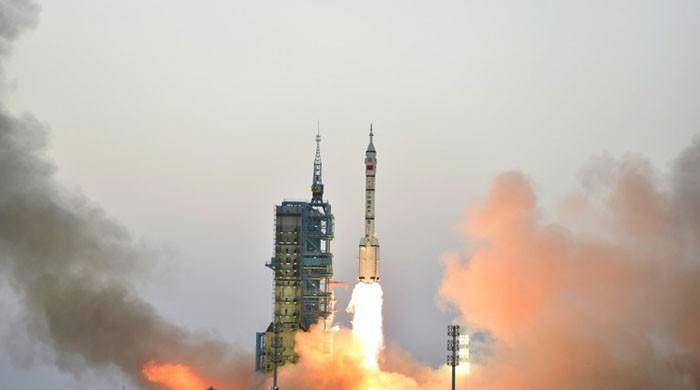Beijing (Online): China launched a satellite to monitor carbon dioxide levels from space, the potent contributor to global warming.
According to Chinese media, the TanSat probe will allow China to keep a close eye on greenhouse gas emissions and give it a "louder voice" in future negotiations on carbon reduction.
It also stated that the technology will "trace the sources of greenhouse gases and help evaluate whether countries are fulfilling their commitments" to reduce pollutants under environmental pacts.
China is a signatory to the Paris climate change agreement, the first universal action plan for curbing global warming.
The US and China are together responsible for some 40 percent of the world's emissions, so their participation in the agreement is crucial for its success.
The satellite launch comes after US president-elect Donald Trump who reportedly threatened to gut the US space agency NASA's climate change monitoring program.
China is the third country after the US and Japan to launch a CO2 monitoring satellite. The three-year mission will take readings every 16 days.
The satellite's chief designer Yin Zengshan said, "The TanSat has very good 'vision' and can distinguish changes in atmospheric CO2 as small as 1 percent.”
Lin Chao, who was also involved in developing the technology, said it will allow China to "collect carbon data from all over the world, all year round, and record the carbon contributed by both developed countries and the developing countries".
China is the world's largest emitter of greenhouse gases, due to its heavy reliance on coal to provide electricity to its population of 1.37 billion.
The country has been fast moving away from coal -- driven in large part by major air pollution concerns including a crisis this month that has choked large swathes of the country.
After growth of 5.3 percent per year from 2005-2014, China recorded a decline of 0.7 percent in 2015 and is set for a 0.5 percent drop in 2016.


